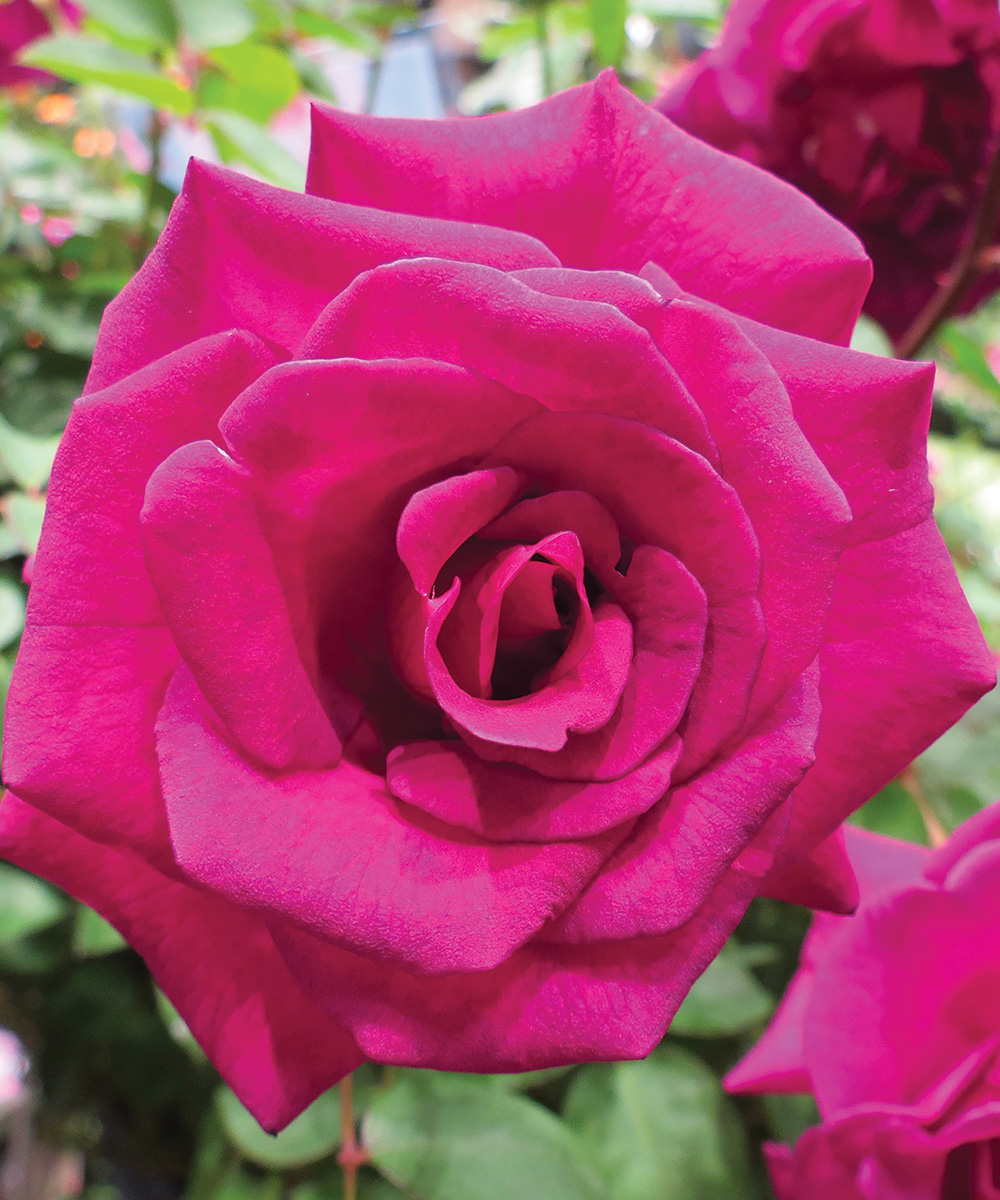
In Paul Westervelt’s article on perennial upgrades, he explains the benefit of stepping out of your comfort zone and trying new versions of tried-and-true plants:
“After whiffing a few times, consumers and pros alike may be tempted simply to stick to time-tested varieties. But some of those varieties aren’t what they once were. In other cases, they’ve been upgraded in meaningful ways that improve the gardening experience—better habit, longer bloom time, enhanced disease resistance. Before you swear off new plants forever, consider these classic upgrades.”
To help you find plants that won’t make you say, “Ugh, I should have just stuck with the original,” we asked regional experts to pick four improved versions of fan-favorite plants. All of these plants have at least one of the characteristics that Paul lists above—better habit, longer bloom time, enhanced disease resistance—and sometimes all three. Find improved plants for the South below, and for even more improved classics, check out Paul’s article 8 Better Perennial Plants to Grow Over the Classic Varieties.
1. ‘Gallery Pablo’ dahlia

Name: Dahlia ‘Gallery Pablo’
Zones: 8–11
Size: 14 to 20 inches tall and 12 to 14 inches wide
Conditions: Full sun; fertile, well-drained soil
Native range: Mexico and Central America
This peachy, dreamy dahlia has been perennial in my garden for a couple of mild years. I’m not holding my breath that it will survive a colder Zone 7 winter, but if it doesn’t, it will be worth replanting. Gallery series dahlias are more compact than other varieties, but they bloom like crazy. There are others in the series, but this one steals the show with its variable color. It fits beautifully in perennial borders, and it is not as difficult to manage as the tall, dinner-plate types. Be sure to deadhead often to maximize flowering, and remember that dahlias love good drainage.
2. ‘Vincent’ kiwi vine

Name: Actinidia chinensis ‘Vincent’
Zones: 7–10
Size: 15 to 30 feet tall and wide
Conditions: Full sun; moist, fertile, well-drained soil
Native range: China
‘Vincent’ is the vine that can get all your friends talking. It is closely related to A. deliciosa, the species that produces most commercial kiwi fruit, but this variety is excellent for the low-chill gardens of our region. Be sure to grow ‘Vincent’ mingled with a male pollinator such as ‘Tomuri’, and give the vines a sturdy support structure that you can access for winter pruning. The beautiful, fuzzy leaves emerge in spring, followed by creamy white flowers and prolific, delicious, egg-size fruit in fall.
3. Brindabella Purple Prine™ rose

Name: Rosa ‘GRAppl’
Zones: 4–9
Size: 3 to 4 feet tall and wide
Conditions: Full sun; moist, fertile, well-drained soil
Native range: Hybrid
Finding a rose that blooms from spring to fall and smells like a rose is like hitting the garden jackpot! This shrub rose has improved disease and pest resistance, so there won’t be a pile of yellow leaves underneath, and it doesn’t require constant deadheading. It easily reaches 4 feet tall and wide and drips with double flowers the size of my fist. The flower color is best described as magenta with a blue-violet undertone. I go out of my way to walk by this rose to enjoy its wonderful scent.
4. Pugster® Amethyst butterfly bush

Name: Buddleia ‘SMNBDL’
Zones: 5–9
Size: 2 feet tall and wide
Conditions: Full sun; well-drained soil
Native range: Hybrid
When I first heard about this new series of butterfly bushes a few years ago I was skeptical, but this compact shrub with full-size flowers has exceeded my expectations. Not one plant has blown over yet, and the abundant pendants of giant, amethyst flowers make me smile. Buddleias are quite adaptable. Full sun is their preference, and good, well-draining garden soil is a must. Because it is hardy to Zone 5, lots of gardeners will have the chance to be pleasantly surprised by this butterfly bush.
Amanda Bennett is vice president of horticulture and collections at the Atlanta Botanical Garden.


















Comments
Log in or create an account to post a comment.
Sign up Log in